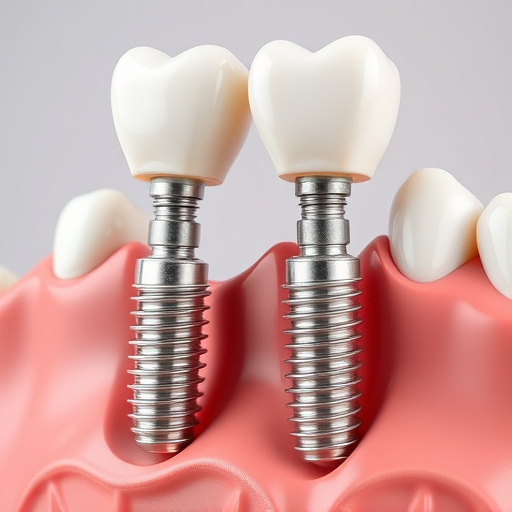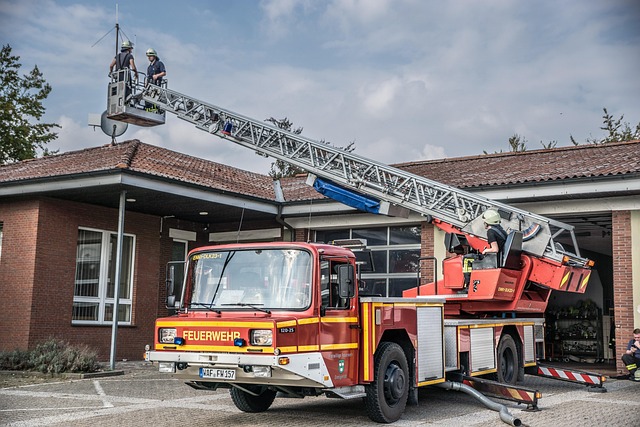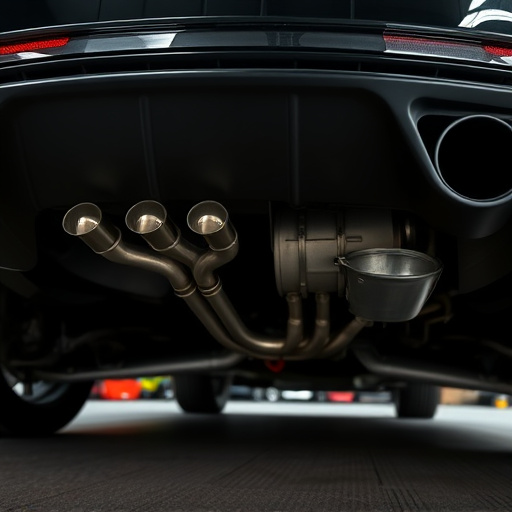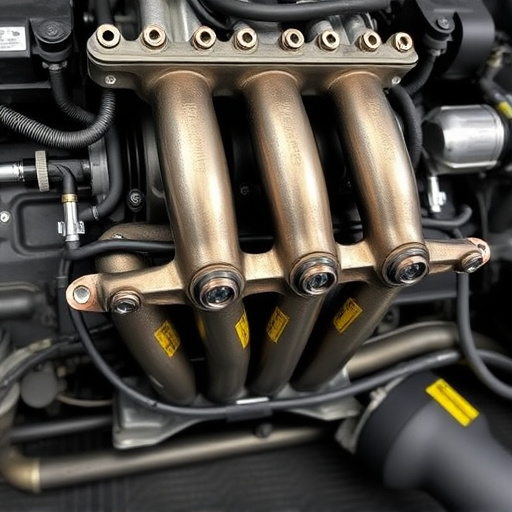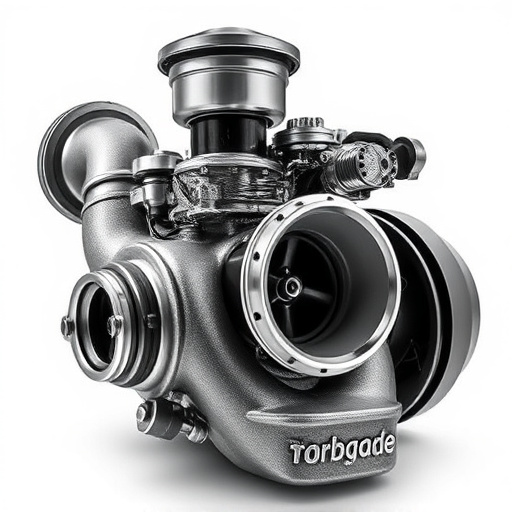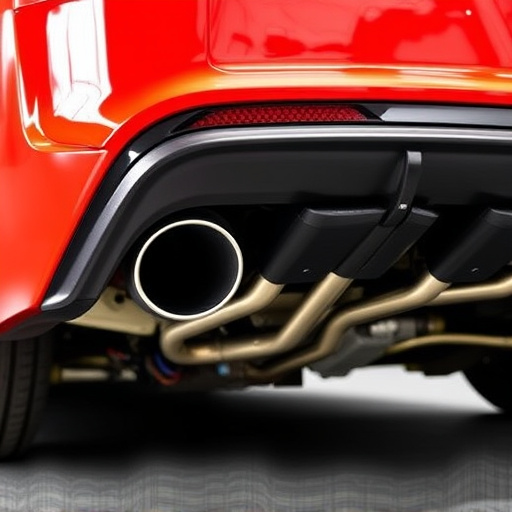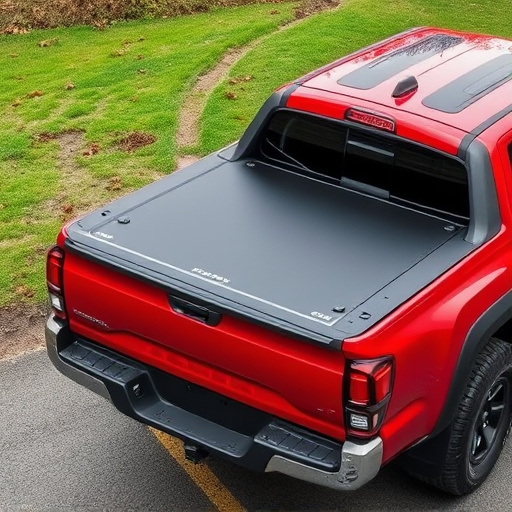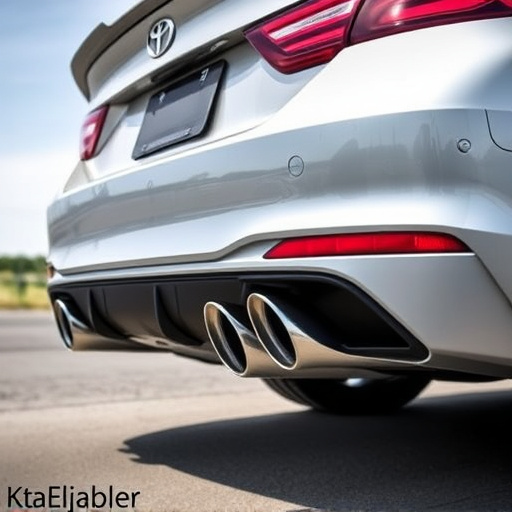Short tube headers are key for high-performance naturally aspirated engines, optimizing gas flow with reduced exhaust path length, enhancing engine breathing, and increasing horsepower. They offer improved cooling, lower exhaust temps, extended component lifespans, and better drivability through minimized backpressure. Installation requires a strategic design approach to maximize flow efficiency, minimize restrictions, and optimize air intake. Well-executed upgrades, paired with optimized mufflers, result in increased power and torque for competitive performance on track and road.
“Unleash the full potential of your naturally aspirated engine with Short Tube Header Upgrades. This comprehensive guide explores the transformative power of these components, delving into their basic functions and significant advantages. We dissect the intricate design and engineering nuances that ensure optimal performance. Furthermore, our step-by-step installation and tuning insights will help you maximize gains, showcasing why short tube headers are a game-changer for enthusiasts seeking enhanced engine responsiveness and efficiency.”
- Understanding Short Tube Headers: Basics and Benefits
- Design and Engineering Considerations for Optimal Performance
- Installation and Tuning: Maximizing Gains for Naturally Aspirated Engines
Understanding Short Tube Headers: Basics and Benefits
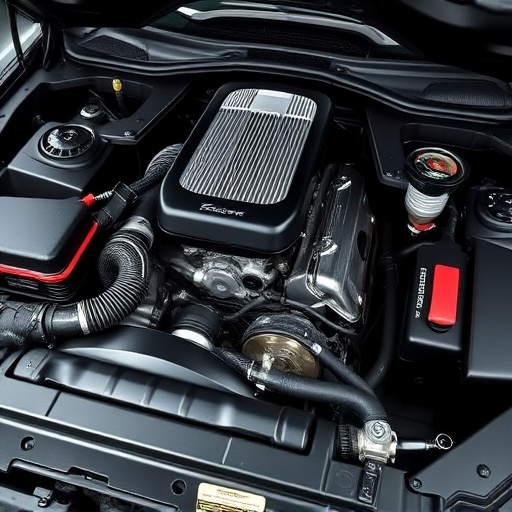
Short tube headers are a crucial component in the engineering of high-performance naturally aspirated engines. Unlike longer headers that collect and direct exhaust gases over a greater distance, short tube headers optimize gas flow by reducing the length of the exhaust path. This design allows for quicker gas expulsion, improving engine breathing and enhancing overall performance. By shortening the exhaust system, these headers enable more efficient air intake through the car’s air intake systems, resulting in increased horsepower and torque.
The benefits of short tube headers extend beyond improved engine performance. They also contribute to better cooling by reducing the overall temperature of exhaust gases, which can lead to longer component lifespans. Moreover, their sleek design and reduced backpressure make them quieter than many standard exhaust mufflers, striking a balance between power and drivability. In essence, short tube headers are game-changers for naturally aspirated engines, offering both performance gains and reliability improvements.
Design and Engineering Considerations for Optimal Performance
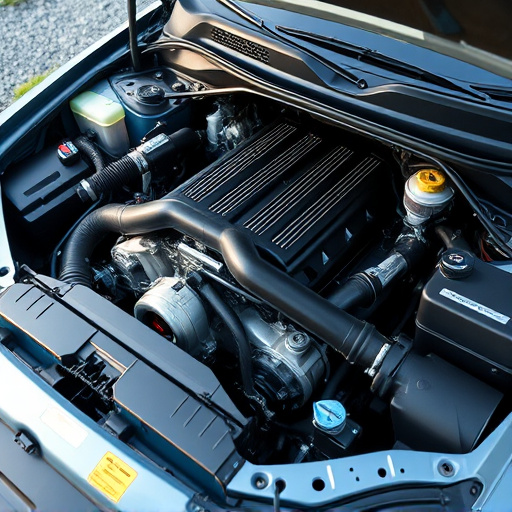
When upgrading to short tube headers for naturally aspirated engines, design and engineering considerations are paramount to achieving optimal performance. The primary focus should be on flow efficiency and minimising restrictions at every stage of the exhaust process. This involves meticulously shaping the tubes to ensure smooth gas velocity, reducing backpressure, and maximising the transfer of exhaust gases from the cylinder head to the muffler tips.
Engineers must also account for heat management, as short tube headers can generate significant heat due to reduced exhaust gas volume and increased flow velocity. Proper cooling systems and strategic placement of performance air filters can mitigate this issue, ensuring that the engine operates within safe temperature ranges. Additionally, integrating well-designed exhaust tips with optimized muffler configurations can further enhance overall system performance while meeting desired noise level requirements.
Installation and Tuning: Maximizing Gains for Naturally Aspirated Engines
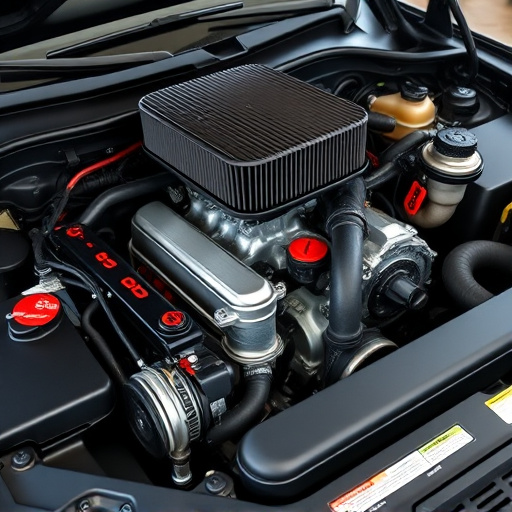
The installation process for short tube headers is a crucial step in unlocking the full potential of naturally aspirated engines. Unlike forced induction setups, where complex turbocharging or supercharging systems are employed, short tube headers focus on optimizing the engine’s inherent breathing capabilities. This involves carefully routing and shaping the intake pipes to reduce restrictions, ensuring smooth air flow directly into the cylinders. A skilled mechanic can accomplish this upgrade relatively easily, but precision is key to achieving maximum gains.
Tuning plays a vital role in harnessing the benefits of short tube headers. This includes fine-tuning the fuel injection system and ignition timing to match the enhanced breathing capabilities. By utilizing performance air filters and ensuring efficient air intake systems, the engine can draw in cooler, denser air, leading to improved combustion. In conjunction with well-designed exhaust systems, these upgrades collectively contribute to increased power output and torque, making naturally aspirated engines a force to be reckoned with on the track or road.
Short tube headers represent a powerful upgrade for naturally aspirated engines, offering improved airflow, increased power, and enhanced throttle response. By carefully considering design, engineering, and installation strategies, as outlined in this article, owners can unlock significant performance gains while ensuring optimal efficiency. Investing in high-quality short tube headers is a smart step towards revolutionizing the performance of any standard engine.


